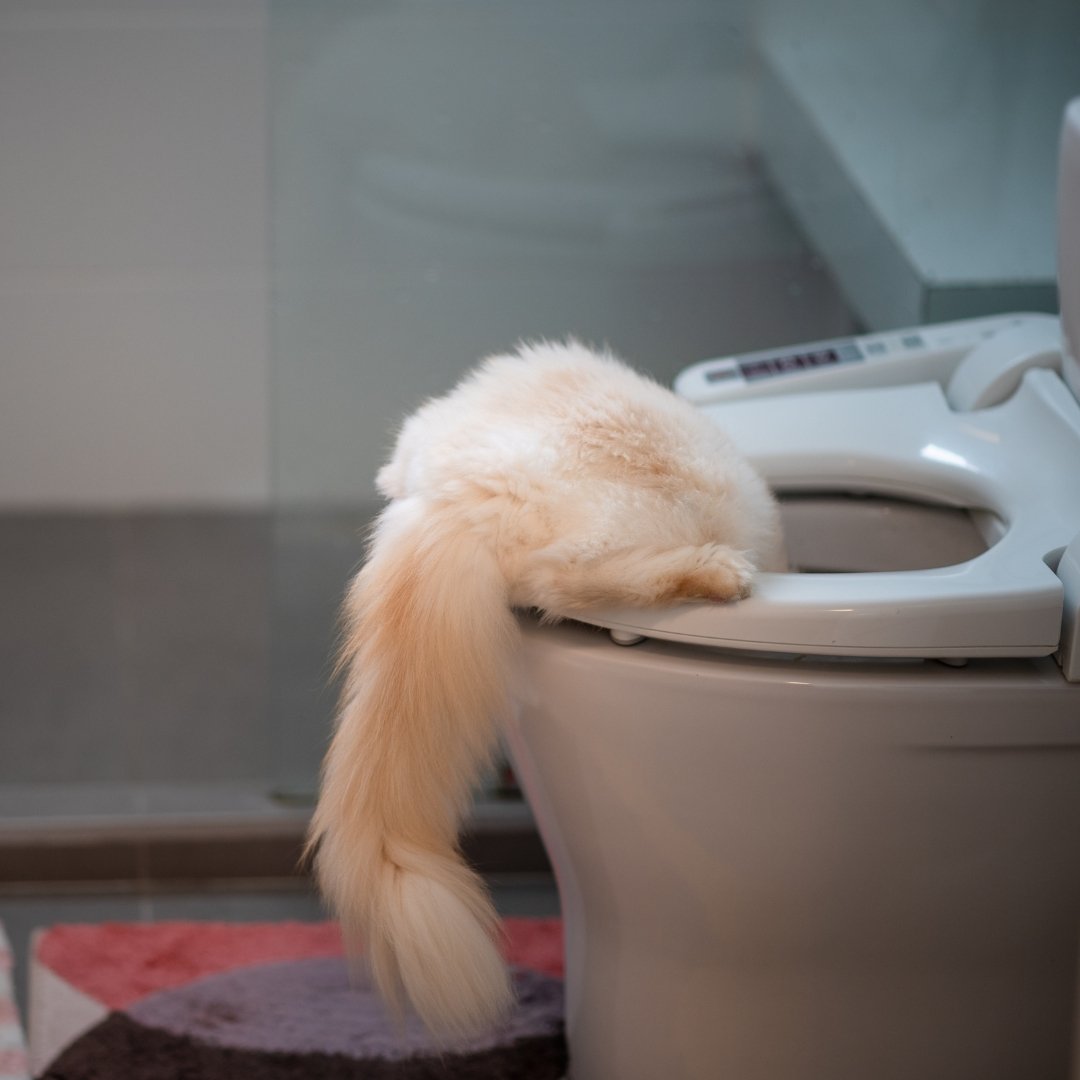Reasons You Mustn't Flush Cat Poop Down Your Toilet - Preserve Your Pipe System
Reasons You Mustn't Flush Cat Poop Down Your Toilet - Preserve Your Pipe System
Blog Article
The publisher is making several good pointers about How to Dispose of Cat Poop and Litter Without Plastic Bags overall in this great article directly below.

Introduction
As pet cat owners, it's necessary to be mindful of exactly how we deal with our feline friends' waste. While it might seem hassle-free to flush feline poop down the toilet, this technique can have damaging consequences for both the setting and human health and wellness.
Environmental Impact
Purging pet cat poop introduces unsafe microorganisms and parasites right into the water system, posing a significant danger to water environments. These contaminants can adversely affect marine life and concession water quality.
Health Risks
Along with ecological issues, flushing pet cat waste can also position wellness threats to human beings. Cat feces may contain Toxoplasma gondii, a bloodsucker that can trigger toxoplasmosis-- a potentially severe illness, particularly for pregnant females and individuals with weakened immune systems.
Alternatives to Flushing
The good news is, there are more secure and much more responsible methods to dispose of cat poop. Think about the adhering to options:
1. Scoop and Dispose in Trash
One of the most usual method of disposing of cat poop is to scoop it right into a naturally degradable bag and throw it in the trash. Make certain to use a devoted litter scoop and throw away the waste without delay.
2. Usage Biodegradable Litter
Go with biodegradable cat litter made from materials such as corn or wheat. These trashes are eco-friendly and can be securely thrown away in the trash.
3. Bury in the Yard
If you have a lawn, take into consideration hiding feline waste in a designated area away from vegetable gardens and water sources. Make sure to dig deep enough to prevent contamination of groundwater.
4. Set Up a Pet Waste Disposal System
Purchase an animal waste disposal system specifically designed for pet cat waste. These systems make use of enzymes to break down the waste, minimizing odor and ecological influence.
Final thought
Responsible pet possession expands beyond offering food and sanctuary-- it likewise includes appropriate waste management. By avoiding purging feline poop down the toilet and opting for different disposal techniques, we can reduce our environmental impact and secure human health and wellness.
Why Can’t I Flush Cat Poop?
It Spreads a Parasite
Cats are frequently infected with a parasite called toxoplasma gondii. The parasite causes an infection called toxoplasmosis. It is usually harmless to cats. The parasite only uses cat poop as a host for its eggs. Otherwise, the cat’s immune system usually keeps the infection at low enough levels to maintain its own health. But it does not stop the develop of eggs. These eggs are tiny and surprisingly tough. They may survive for a year before they begin to grow. But that’s the problem.
Our wastewater system is not designed to deal with toxoplasmosis eggs. Instead, most eggs will flush from your toilet into sewers and wastewater management plants. After the sewage is treated for many other harmful things in it, it is typically released into local rivers, lakes, or oceans. Here, the toxoplasmosis eggs can find new hosts, including starfish, crabs, otters, and many other wildlife. For many, this is a significant risk to their health. Toxoplasmosis can also end up infecting water sources that are important for agriculture, which means our deer, pigs, and sheep can get infected too.
Is There Risk to Humans?
There can be a risk to human life from flushing cat poop down the toilet. If you do so, the parasites from your cat’s poop can end up in shellfish, game animals, or livestock. If this meat is then served raw or undercooked, the people who eat it can get sick.
In fact, according to the CDC, 40 million people in the United States are infected with toxoplasma gondii. They get it from exposure to infected seafood, or from some kind of cat poop contamination, like drinking from a stream that is contaminated or touching anything that has come into contact with cat poop. That includes just cleaning a cat litter box.
Most people who get infected with these parasites will not develop any symptoms. However, for pregnant women or for those with compromised immune systems, the parasite can cause severe health problems.
How to Handle Cat Poop
The best way to handle cat poop is actually to clean the box more often. The eggs that the parasite sheds will not become active until one to five days after the cat poops. That means that if you clean daily, you’re much less likely to come into direct contact with infectious eggs.
That said, always dispose of cat poop in the garbage and not down the toilet. Wash your hands before and after you clean the litter box, and bring the bag of poop right outside to your garbage bins.
https://trenchlesssolutionsusa.com/why-cant-i-flush-cat-poop/

Hopefully you liked our post on Can You Flush Cat Poo or Litter Down the Toilet?. Thanks so much for taking time to read our short article. Sharing is good. Helping others is fun. Thank you so much for your time invested reading it.
Maintenance Sign-Up Report this page